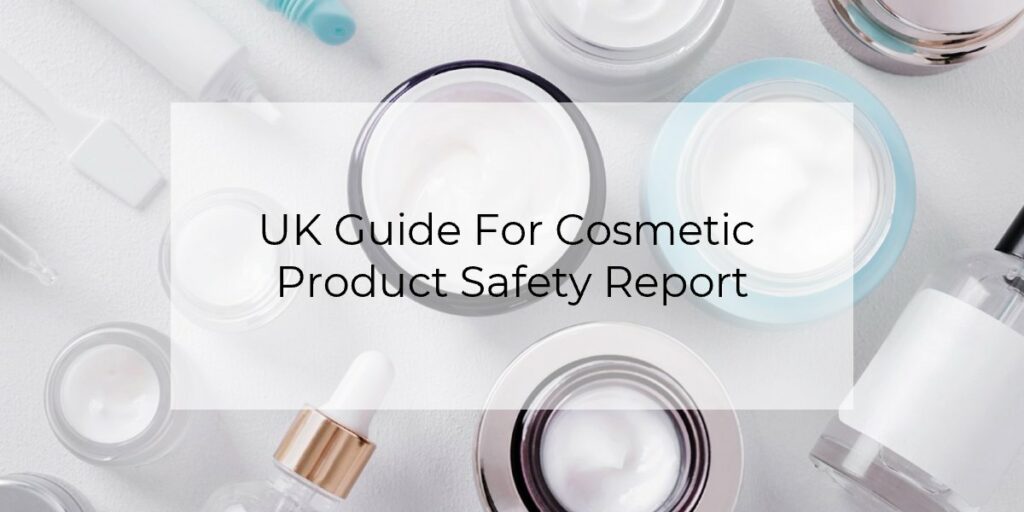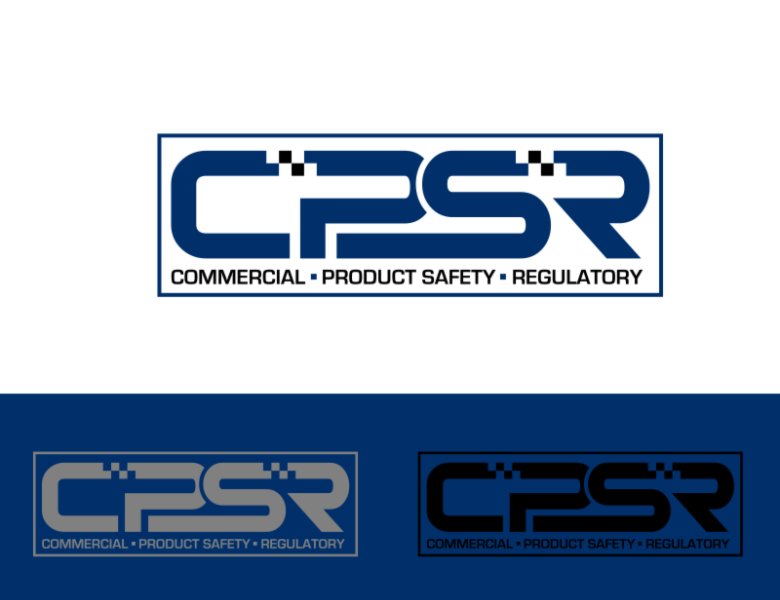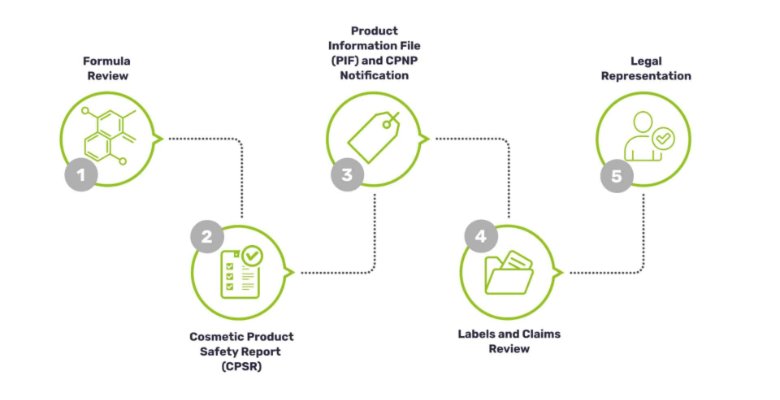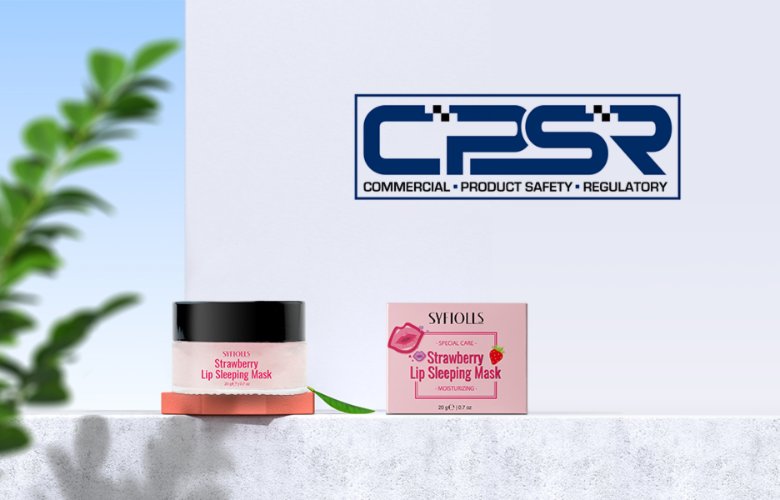- UK Guide For Cosmetic Product Safety Report
- What is the cosmetic product safety report (CPSR)?
- Why CPSR is needed?
- What is the process of CPSR application?
- What information is required for the CPSR report?
- How to obtain a cosmetic product safety report in the UK?
- How much does a cost of a laboratory test of (CPSR)?
- Does the cost increase if skincare meets CPSR regulations?
- Conclusion
UK Guide For Cosmetic Product Safety Report
The UK is a world leader in the regulation of cosmetic products and their safety. This is due to the fact that the UK has some of the most stringent requirements in place for the safety of these products. In order to ensure that all cosmetic products on the market are safe for consumers, the UK requires that all manufacturers must follow strict guidelines and submit a Cosmetic Product Safety Report to the UK government.
The CPSR is a document that outlines all of the safety tests that have been conducted on a particular product and contains all of the results. In order to ensure that all products are safe, manufacturers must test their products for a variety of potential hazards, including skin sensitization, eye irritation, and toxicity. They must also provide detailed information on ingredients, labeling, and packaging.
What is the cosmetic product safety report (CPSR)?
In the United Kingdom, the Cosmetic Product Safety Report (CPSR) is a document that provides safety information on cosmetic products. The report includes an assessment of the product’s ingredients, as well as any potential risks associated with its use. The report is required by law for all cosmetics sold in the UK. It is prepared by a qualified safety assessor who has undergone training in cosmetic product safety.
This safety report must be submitted to the UK Cosmetic Products Notification Portal (CPNP), and placed on a cosmetic’s website, before the product may be marketed. In the European Union (EU), the Cosmetics Regulation 1223/2009 requires that all cosmetic products placed on the EU market must be registered with the European Commission.
Cosmetic ingredients are listed by INCI name(International Nomenclature of Cosmetic Ingredients). An INCI name is unique and internationally standardized so that the same ingredient always has the same INCI name everywhere.
The purpose of the CPSR is to ensure that the cosmetic product is safe for use by consumers in the UK. The report must take into account any potential risks posed by the product, as well as any restrictions that may be placed on its sale or distribution.
The CPSR is also used to assess the safety of cosmetic products that are manufactured outside of the EU and UK. In these cases, the report must take into account any differences in regulation between the country of origin and the UK.
Why CPSR is needed?
In the UK, it is estimated that women use around 400 different cosmetic products every year. Many of these products are available without any safety testing or regulation. This means that some of the chemicals in these products could be harmful to our health.
The Cosmetic Products Safety Regulations were introduced in 2014 to help make sure that all cosmetics sold in the UK are safe to use. The report requires all cosmetics manufacturers and importers to register their products with the European Commission.
They must also provide a list of ingredients for each product, as well as information on how to use them safely. So far, the CPSR has helped to improve the safety of cosmetic products in the UK. For example, it has led to the recall of several products that contained dangerous ingredients.
What is the process of CPSR application?
The process of applying for a Cosmetic Product Safety Report in the United Kingdom is regulated by the European Union. In order to ensure that a cosmetic product is safe for human use, it must first be assessed by a competent authority. The CPSR assesses the safety of a cosmetic product on the basis of its ingredients and how they are used.
The CPSR is comprised of two parts, Part A Cosmetic Product Safety Information, and Part B Cosmetic Product Safety Assessment. In order for a product to be compliant with the EU regulations, it must go through both parts of the CPSR.
Part A contains information on the ingredients used in the product, their concentrations, any known adverse effects, and any precautions that should be taken when using the product. Part B assesses the potential risks to human health from using the product and sets out measures to mitigate those risks.
In accordance with Annex I of Regulation (EC) No 1223/2009, Part A of the CPSR is intended to collect the necessary data to justify the safety of the cosmetic product. As a minimum, it is required to contain the following:
· Cosmetic product is made up of quantitative and qualitative formula.
· Physical and chemical stability of a cosmetic product is determined by its ingredients and formulation.
· Level of microorganisms in a substance.
· Impurities, traces, and information about the packaging material.
· Normal and reasonably foreseeable use.
As per Article 3, Part B of the CPSR is the actual evaluation of the safety of the cosmetic product and contains the following:
· Reflection of the assessment’s results.
· Warning and instructions for use on the label
· Safety assessment of each ingredient in the product
· References of the assessor and approval of Part B
If we talk about the acceptance period of a CPSR application, So It’s only taking 1 to 3 days to approve a CPSR application in the UK. That’s because the UK has very strict regulations when it comes to cosmetic safety. All cosmetic products must go through a rigorous safety testing process before they can be sold in the UK.
What information is required for the CPSR report?
In order to compile a CPSR report, businesses must provide information on the products they are using as well as any free samples they are giving out. This report is used by the UK government to monitor and regulate the cosmetics industry.
In the UK, the Cosmetic product safety report is based on specific criteria and data must be provided in a specified manner. it’s required this information:
· The name of the person fully responsible for the preparation or marketing of the cosmetic. This name is stated on the EU Cosmetic and its Toiletries Regulation (EC) No 1223/2009.
· The manufacturing date for every single batch of the cosmetic.
· The batch identification number (batch number) of the cosmetic.
· The name and address of the person who carries out any research, manufacturing, or distribution of cosmetics.
· The name and address of the person who undertakes any scientific research or testing.
· Provide the list of all the ingredients used with their INCI names and CAS number.
· Providing A MSDS document because it’s necessary for applying for certification of aesthetic products in the UK, and also for obtaining other permits.
· Attached Certificate of Analysis (COA) report with CPSR.
Physical and chemical characteristics of the cosmetic product, this is extra information required for specific raw material types:
· Fragrances/Essential oils/Aromas
· IFRA Cert in accordance with the latest amendment (49th)
· Allergen breakdown
· List of regulated fragrance ingredients that may be present
· Animal-derived ingredients
· Certificates of origin
· BSE/TSE-free statement
The CPSR report is an important tool for ensuring that the cosmetics industry in the UK is safe and compliant with regulations. By providing accurate and up-to-date information, businesses can help protect consumers and ensure that they are making informed choices about the products they use.
How to obtain a cosmetic product safety report in the UK?
A cosmetic product safety report (CPSR) is a document that provides information about the safety of a product. It can be obtained from a variety of sources, including the safety data banks (SDBs), food industry regulators, and other regulatory bodies.
In the process of obtaining this report, you need to contact the manufacturer, distributor, or retailer of the product and provide them with detailed information about the product. This information may include the name and address of the manufacturer, product labeling, supplier, or store; any known health risks associated with the product; and any recalls or warnings issued by any relevant authorities.
The benefits of obtaining a CPSR include learning about potential safety concerns associated with products and helping to prevent any future incidents. In some cases, CPSRs can also provide insights into how best to protect consumers from potential harm.
How much does a cost of a laboratory test of (CPSR)?
The price of a Cosmetic Product Safety Report (CPSR) laboratory test in the United Kingdom can differ depending on the company you choose. Different companies provide laboratory tests for cosmetic product safety reports at different rates. OxfordBioSciences can charge you between £150-£250 for a product safety report if you do your own product safety report.
If you get a test report done by another private laboratory, it will cost you at different rates, for example, Mediapro, which operates out of London, costs £390 for a product test report. Apart from this, there are many other laboratories operating in the UK, which provide you with a cosmetic product safety report.
A CPSR protects your products from harmful chemicals and contaminants that could potentially hurt your customers. In the end, spending a little extra on a CPSR could save you a lot of money and hassle in the long run.
Does the cost increase if skincare meets CPSR regulations?
In the United Kingdom, the cost of skin care products may increase due to labeling requirements and cosmetic safety assessments mandated by the Cosmetic Products Safety Regulations (CPSR). The CPSR requires that all cosmetic products be labeled with certain information, including the name and address of the manufacturer, a list of ingredients, and any warnings. In addition, all cosmetics must undergo a safety assessment before they can be sold in the UK.
These assessments are conducted by qualified assessors and can be quite costly. As a result, manufacturers may pass on these costs to consumers in the form of higher prices. However, the CPSR also provides for some exemptions, which may help to keep costs down. The cost of skincare in the UK may vary depending on the size and type of product. This is because small businesses and homemade cosmetics are not required to undergo safety assessments
Conclusion
The complete guideline for cosmetic product safety reports in the United Kingdom is important for all individuals who want to use cosmetics. By following this guide, individuals can be sure that the products they are using are safe and will not cause any harm.
Frequently Asked Questions
How to Operate a Cosmetic Product Safety Check?
The first step in safe cosmetic product operation is always to ensure that the product being used is legal in your country. To do this, you must check the product’s label to see if it meets all requirements. Next, determine where to obtain a safety check. One option is to go to a local health center and ask for a safety check. If you reside in a country with specific Cosmetic Product Safety Regulations in place, you may also be able to obtain a safety check from your local regulatory body.
What steps to follow when conducting a Cosmetic Product Safety Check?
When conducting a cosmetic product safety check, it is important that you stay organized and follow these steps:
1) Sort products by type: active ingredients, inactive ingredients, warning symbols, and package content.
2) Verify the product information against manufacturer specs.
3) Check for contaminants: look for harmful chemicals and other hazardous substances.
4) Review thoroughly each batch of products before using them.
5) Remove any products from us immediately if there are any concerns about their toxicity.
6) Take appropriate precautions when handling products including wearing protective clothing and avoiding contact with eyes and skin.
What to Do When You Get a Cosmetic Product Safety Check
If you receive a safety check in the form of a letter or document, it is important to follow the instructions included in that letter or document. If you have any questions about what was found during the check, please contact your pharmacist or health center. In addition, please take any necessary precautions while using the product, such as washing your hands thoroughly and avoiding contact with your eyes and skin.
Are there any restrictions on ingredients that can be used in cosmetics products in the UK marketplaces and store shelves?
In the UK, all cosmetics must comply with labeling requirements set out in the Cosmetic Products (Labelling) Regulations 2012. These regulations require that certain information be included on the labels of all cosmetic products, such as the name and address of the manufacturer, a list of ingredients, and instructions for use.
In addition, all cosmetics must undergo a cosmetic safety assessment before they can be sold in the UK. This assessment is designed to ensure that the ingredients used in a cosmetic product are safe for human use and will not cause any adverse effects. As a result, there are strict restrictions on ingredients that can be used in cosmetics products in the UK.




